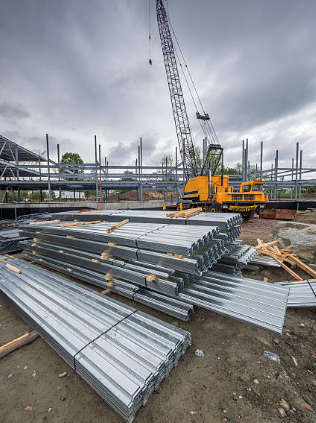
Posted on Tuesday, October 1, 2024
A B Deck Roll Forming Machine is specialized equipment designed to produce B deck profiles, which are high-strength metal panels commonly used in construction, particularly in flooring and roofing systems for commercial and industrial buildings. The machine works by feeding metal coils into a series of precisely engineered rollers, which progressively shape the flat metal into the B deck profile, ensuring accuracy and consistency.
B deck profiles are a type of structural metal decking characterized by their corrugated pattern, which enhances their strength and load-bearing capacity. These panels are primarily made from galvanized steel or other durable metals, offering corrosion resistance and long-term durability. The corrugated design allows B deck panels to support concrete or other materials when used in composite floor systems, or act as a strong base for roofing applications.
B deck panels serve critical functions in the construction industry, particularly for:
The use of B deck profiles speeds up construction projects, as they offer both strength and ease of installation, making them ideal for large-scale commercial and industrial structures.
A B Deck Roll Forming Machine operates through the following steps:
These machines are designed to produce high volumes of panels quickly, ensuring consistent quality with minimal material waste. The automated process also reduces labor costs, making it an efficient solution for manufacturers and contractors who need durable metal decking.
In summary, B Deck Roll Forming Machines are critical to producing durable, high-strength metal panels that are essential in the construction of robust floors and roofs in commercial and industrial buildings. Their precision and efficiency make them an indispensable tool in the construction industry.

32/1000 Box Profile Roll Forming Machine – Complete Guide & Specifications
Posted on Sunday, November 16, 2025
High-performance 32/1000 box profile roll forming machine for roofing and cladding. Full specifications, profiles, applications, pricing

PBR / R-Panel Roll Forming Machine – Complete Guide & Specifications
Posted on Sunday, November 16, 2025
PBR / R-Panel roll forming machine for roofing and wall cladding. Full specs, profiles, applications, pricing, and global buying guide. Built to order.

Posted on Sunday, November 16, 2025
How to Diagnose and Fix the Hidden Electrical Problems That Cause Downtime
Copyright 2025 © Machine Matcher.